
Photosynthesis in Higher Plants NEET Notes: Photosynthesis in higher plants is an essential topic for students preparing for the NEET exam. This process is responsible for the production of food in plants, and understanding it is important for mastering topics in biology, especially in relation to plant physiology. The NEET exam often tests this concept, making it crucial for students to have a solid understanding of how photosynthesis works.
Photosynthesis in Higher Plants NEET Notes Overview
In the Photosynthesis in Higher Plants NEET Notes, students will not only find detailed explanations of each concept but also previous years' questions related to this chapter. Solving these questions will help students understand the exam pattern and gain confidence. By practicing past questions, students can improve their problem-solving skills and improve their chances of scoring well in the NEET exam.

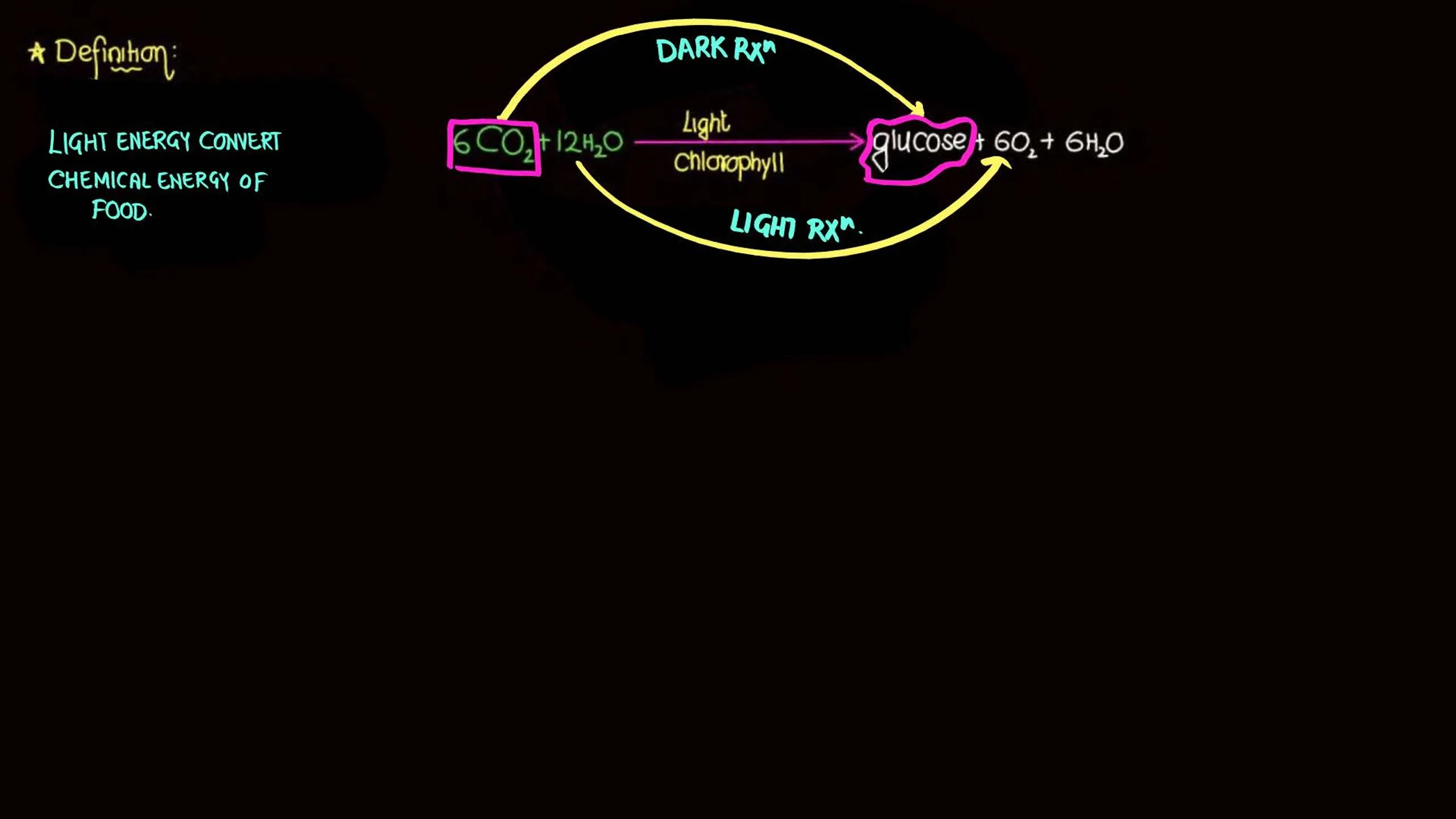
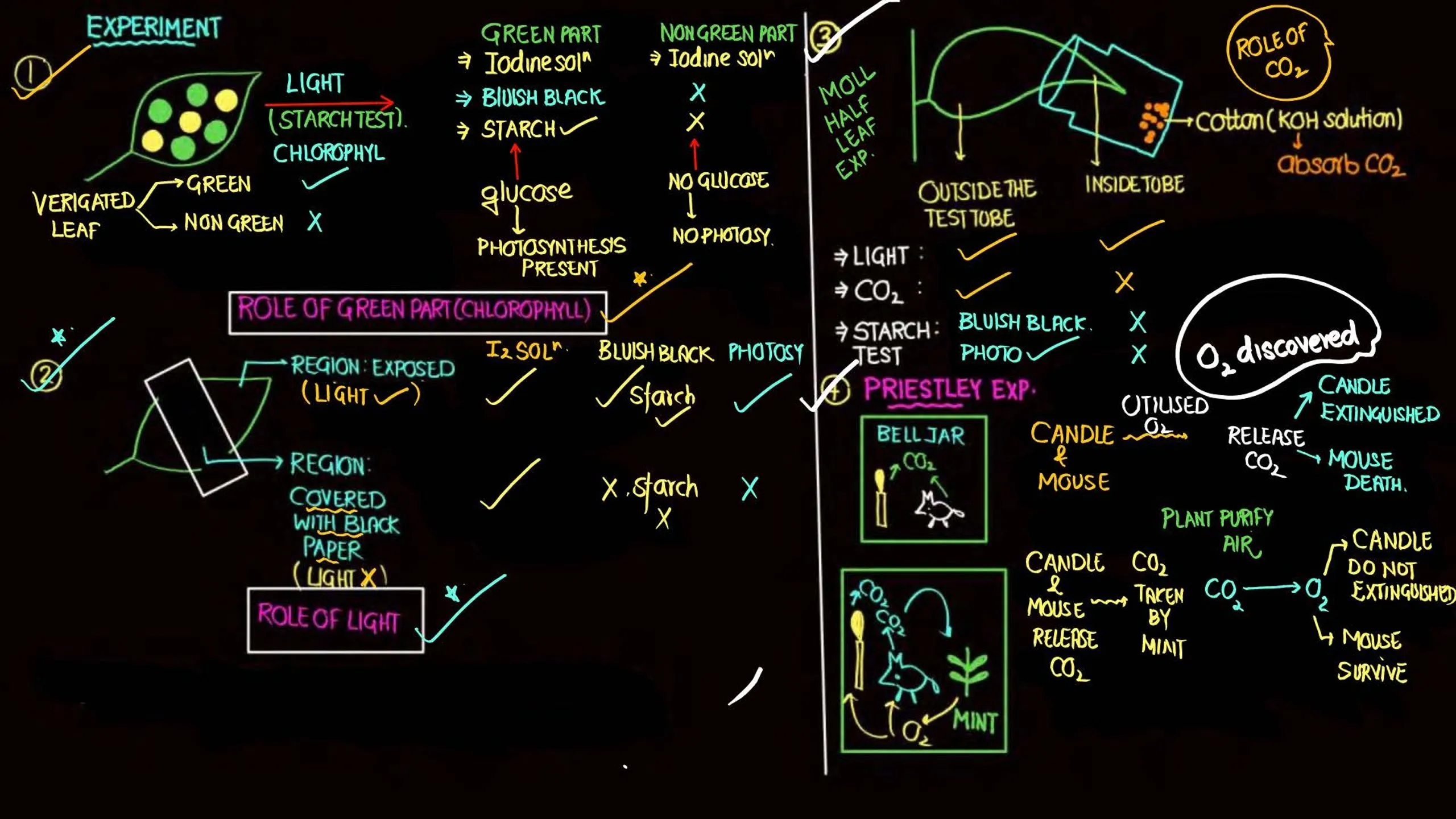
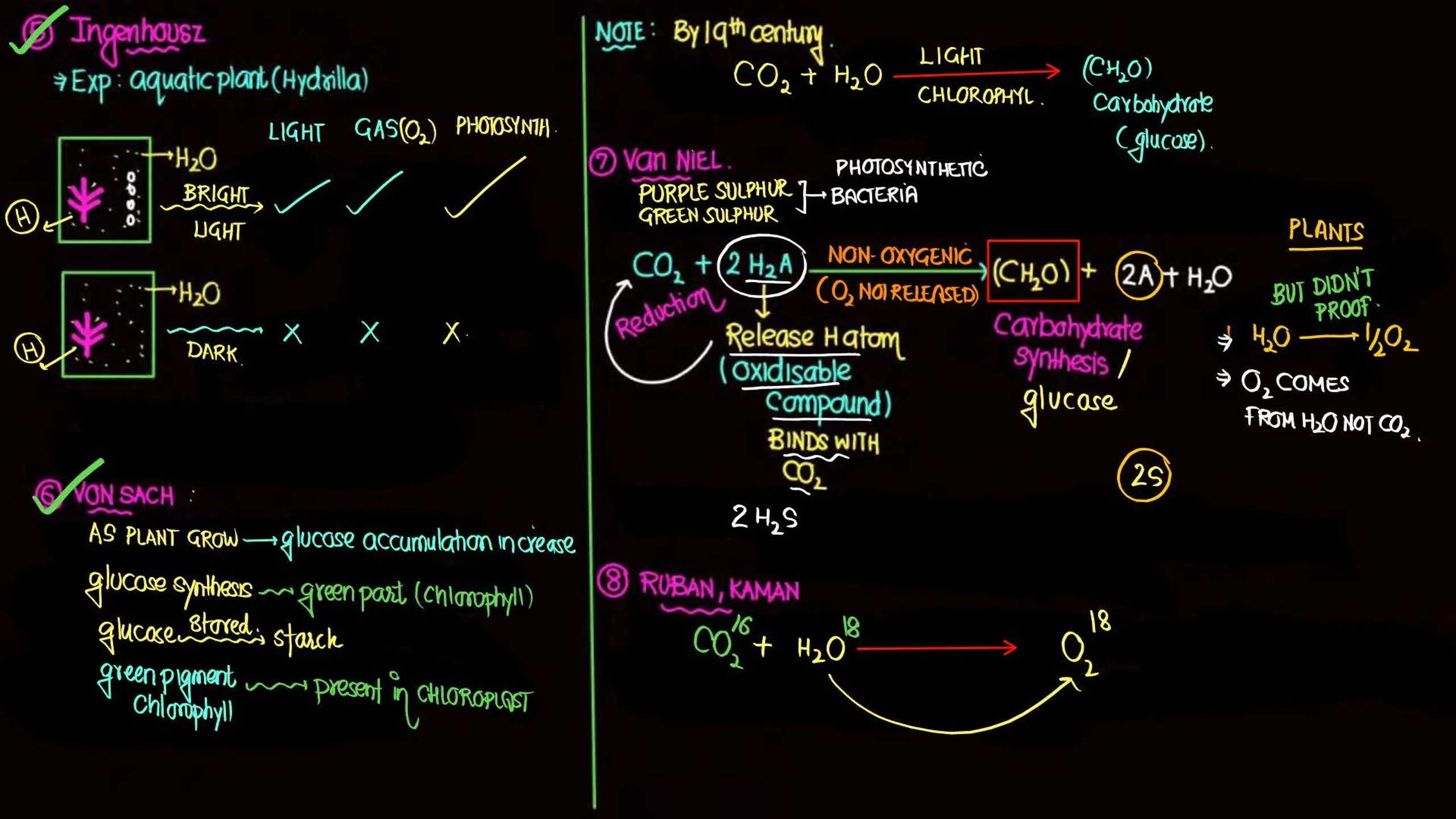
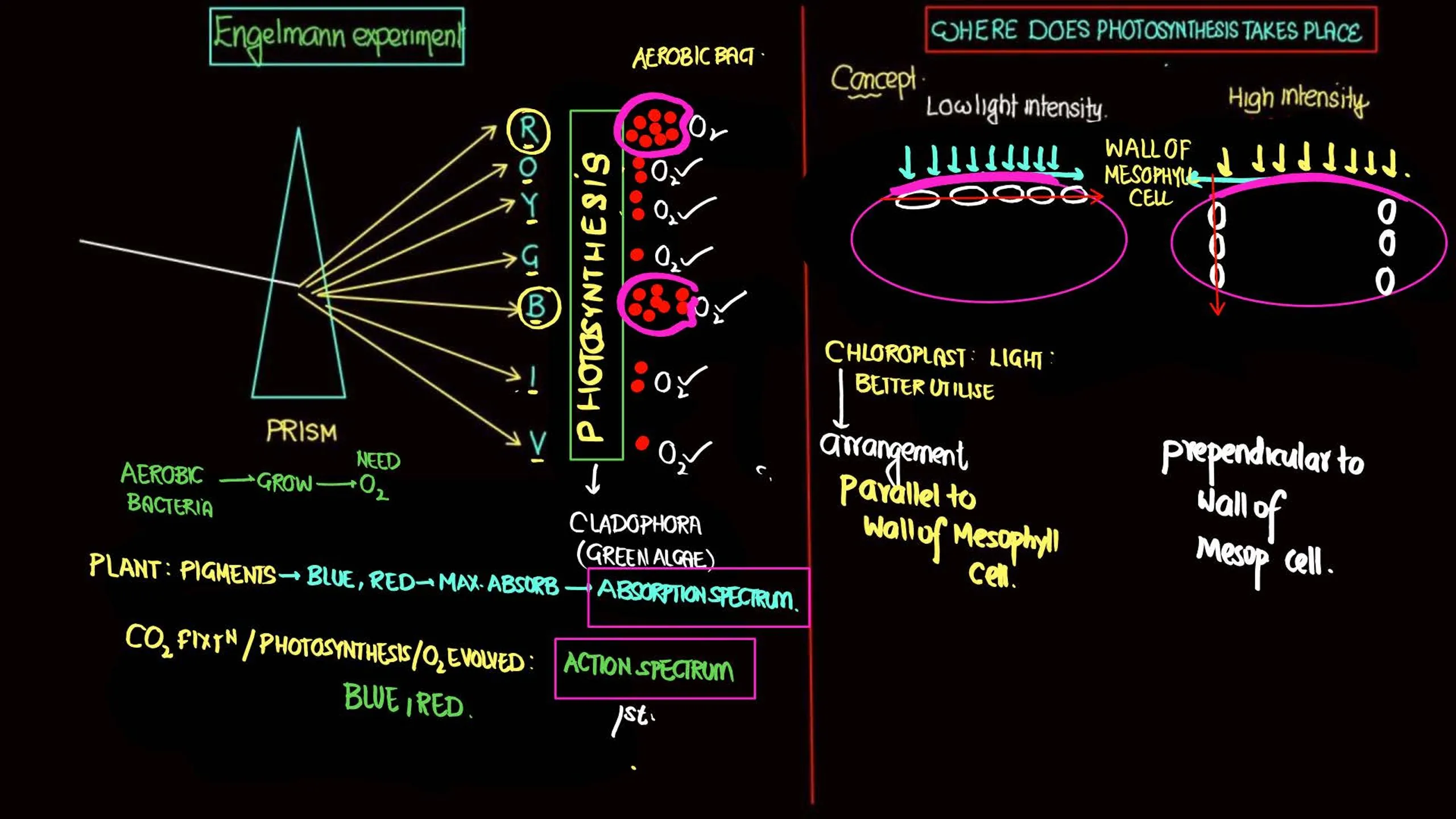
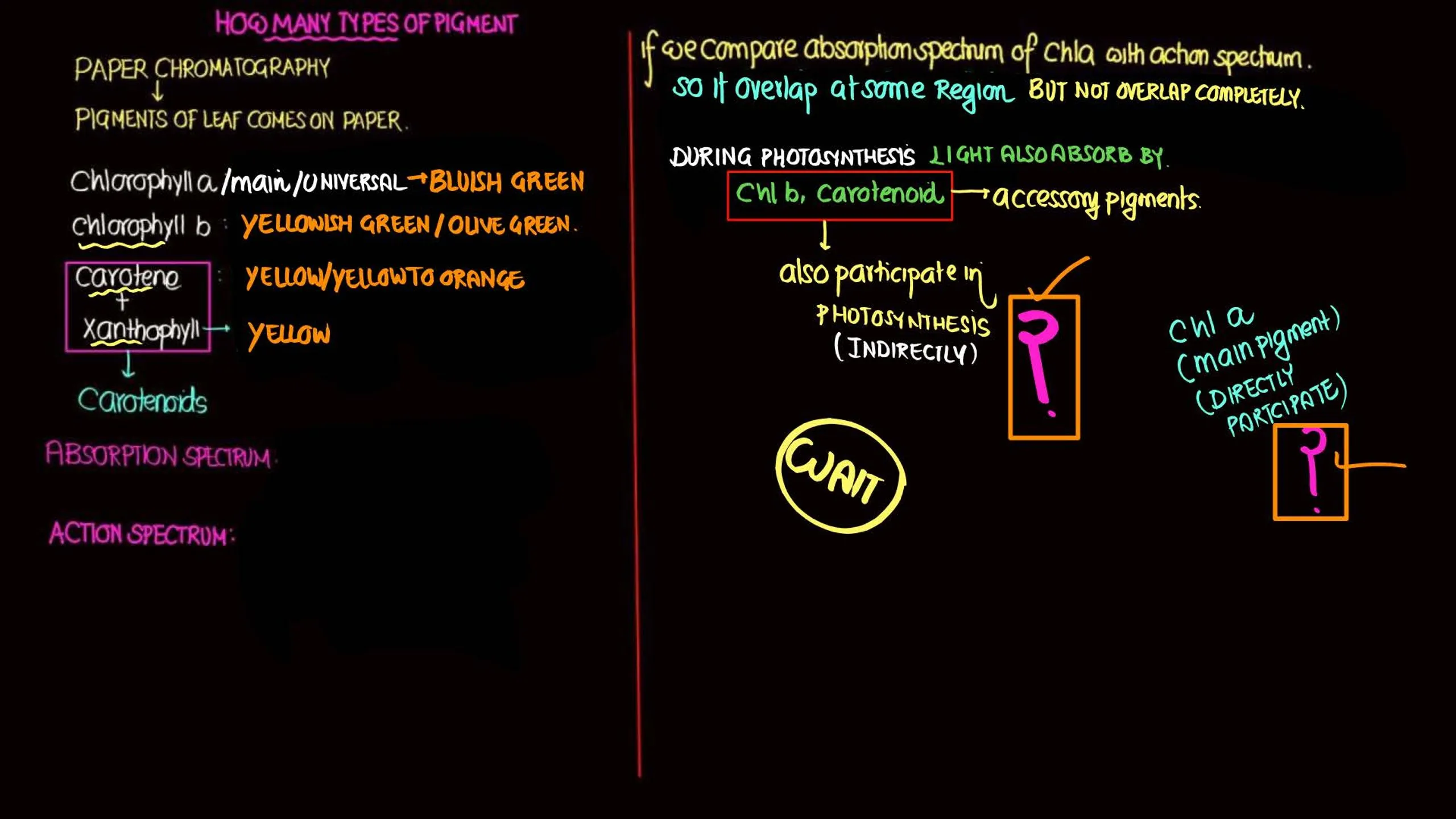
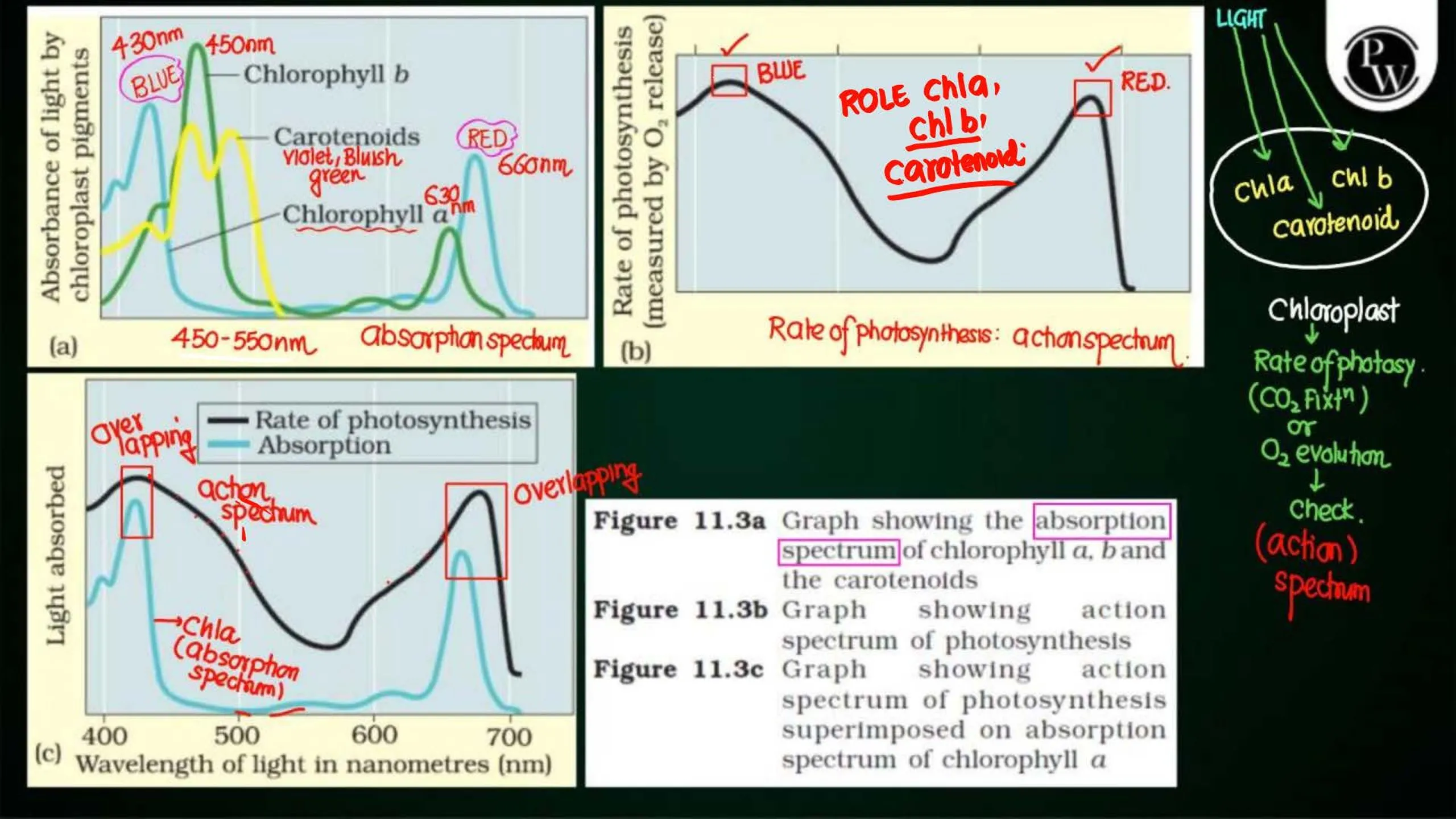


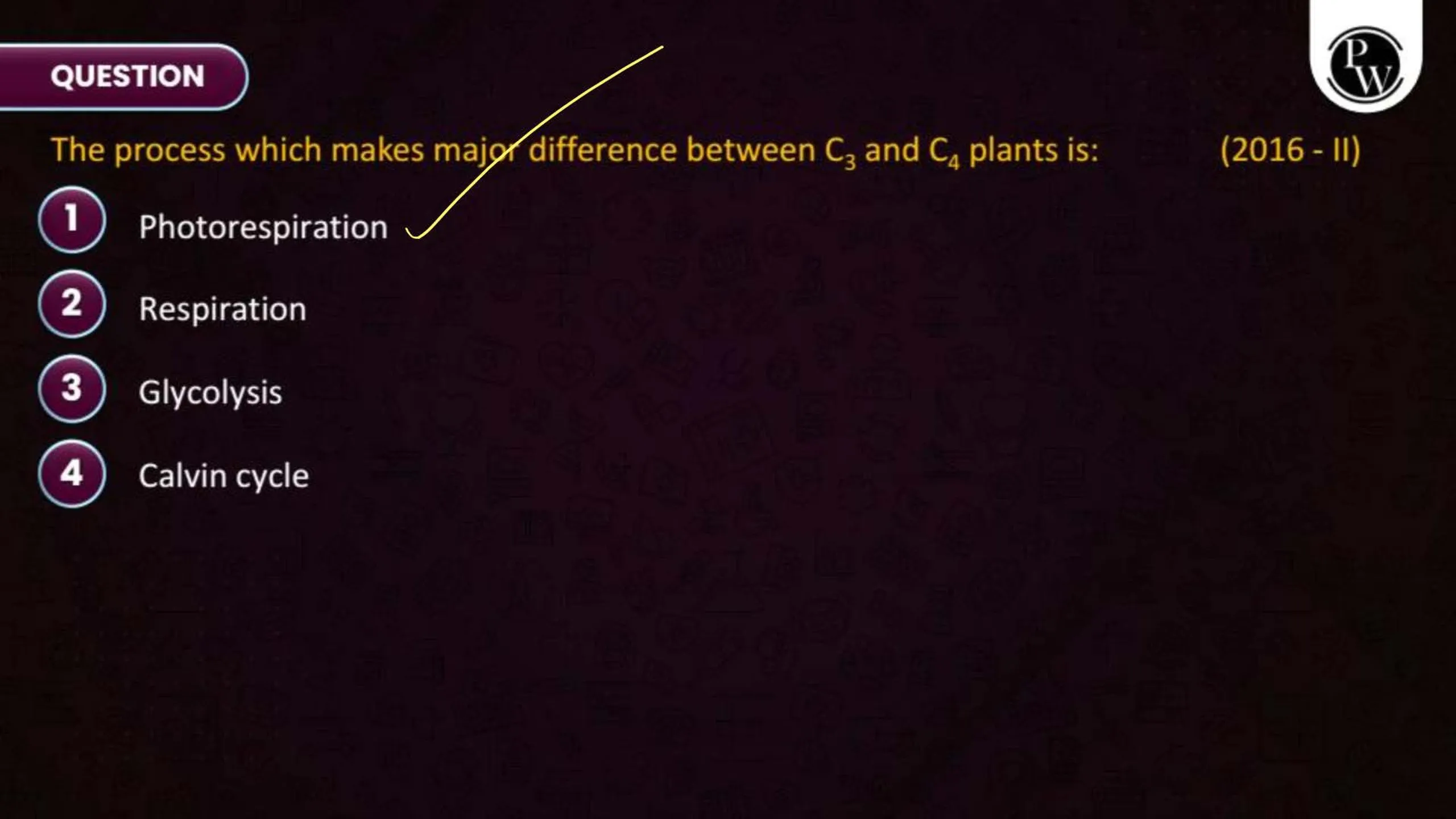
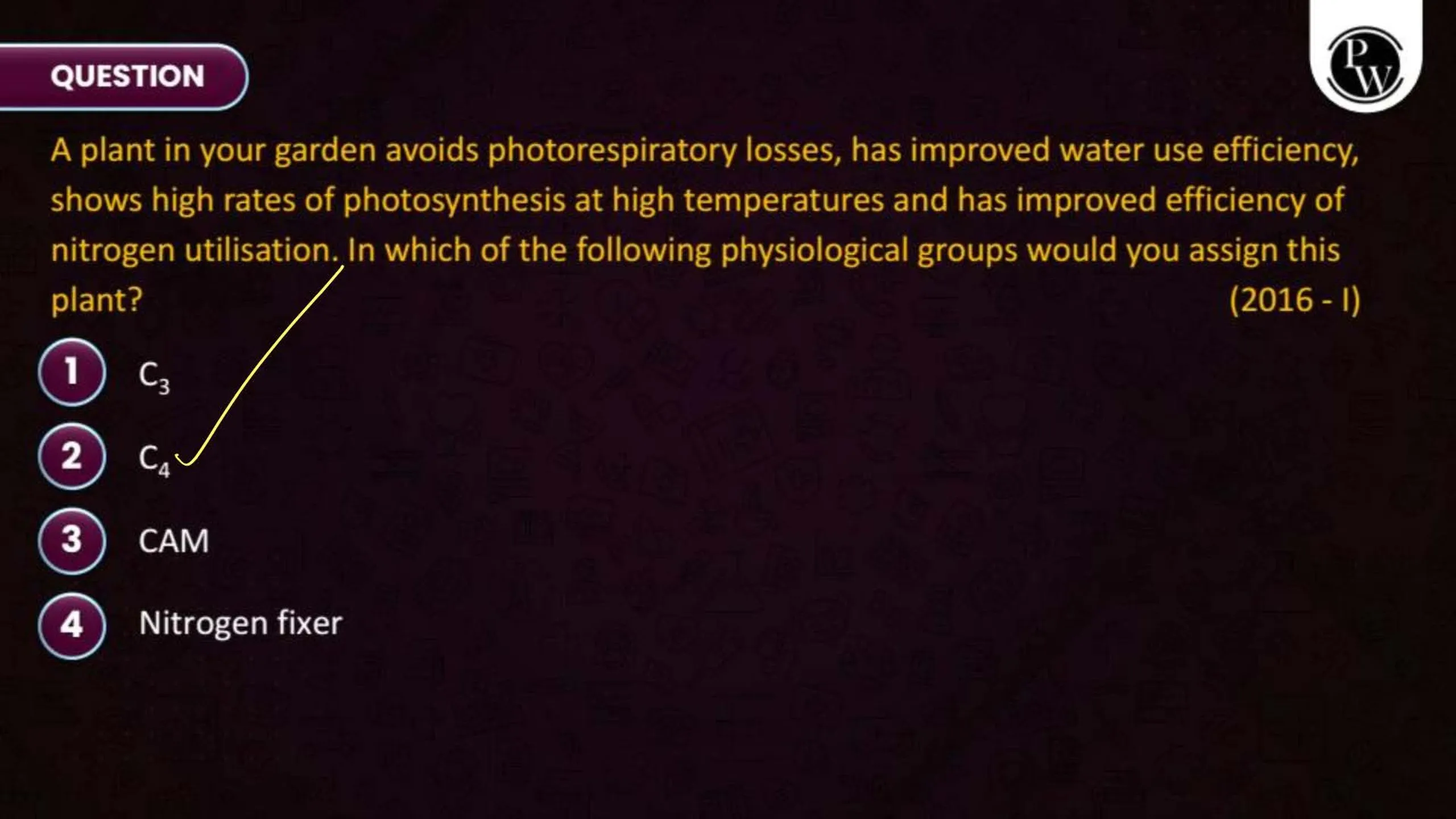
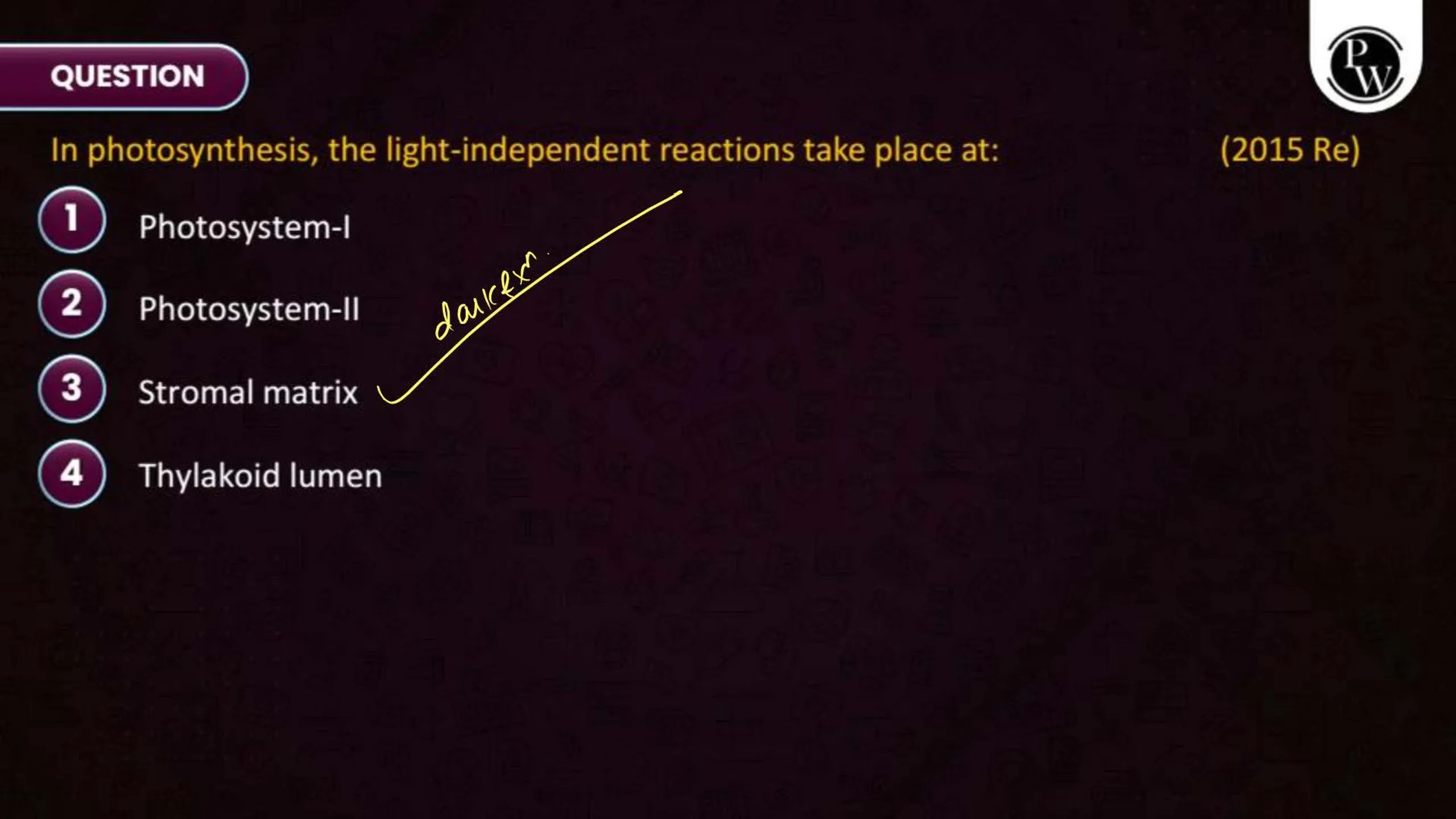
Photosynthesis in Higher Plants NEET Notes PDF
The Prachand Batch NEET 2025 provides a full chapter PDF with detailed explanations on photosynthesis in higher plants. Each concept is clearly explained, along with diagrams to help you understand better.
You can also watch a detailed lecture on YouTube, which covers each concept thoroughly and addresses doubts related to the chapter. This will aid in better understanding of the topic.
Download Photosynthesis in Higher Plants NEET Notes PDF for Free
Classroom PDF Notes
What is Photosynthesis in Higher Plants?
Photosynthesis in higher plants is the process by which plants make their own food using sunlight, carbon dioxide, and water. It occurs mainly in the leaves of plants, in special cells called chloroplasts. Chloroplasts contain a green pigment called chlorophyll, which absorbs sunlight.
In this process, plants use light energy to convert carbon dioxide (from the air) and water (from the soil) into glucose (a type of sugar) and oxygen. The glucose produced is used by the plant as food for growth and energy, while the oxygen is released into the air, which is essential for all living organisms.
The overall chemical equation for photosynthesis is:
6CO₂ + 6H₂O + light energy → C₆H₁₂O₆ + 6O₂
This process is vital for life on Earth, as it provides oxygen for animals and humans to breathe and is the foundation of the food chain.
Weightage of Photosynthesis in Higher Plants NEET Notes - Last 5 Years
The table below shows the weightage of the Photosynthesis in Higher Plants chapter in the NEET exams from 2020 to 202
|
Weightage Following Previous Year’s Trends (2020-2024) |
||||||
|
Chapter |
Easy |
Medium |
Hard |
Total |
Average Q/yr |
Weightage |
|
Photosynthesis in Higher Plants |
5 |
7 |
0 |
12 |
2.40 |
4.67% |
|
NEET Chapter Wise Weightage 2025 for Biology |
|
|
Topics |
Weightage (%) |
|
Photosynthesis in Higher Plants |
4% |
Importance of Photosynthesis in Higher Plants NEET Notes
Photosynthesis is crucial in the NEET exam because it is a fundamental concept that explains plant biology. Understanding how plants produce their own food and how this process affects the environment is key for various related topics.
-
Photosynthesis is the process by which plants make food.
-
It helps in understanding plant physiology.
-
It is important for ecosystem balance as it produces oxygen.
Tips for Photosynthesis in Higher Plants NEET Notes
To effectively learn photosynthesis, it’s important to follow certain tips for mastering the topic.
-
Understand the process step-by-step, starting with the light-dependent reactions.
-
Focus on the structure of chloroplasts and the role of chlorophyll.
-
Practice solving NEET-related questions on photosynthesis to reinforce the concept.
Prepare for NEET with PW Online NEET Coaching! Our courses offer structured lessons, clear explanations of concepts, and interactive classes to support your NEET preparation effectively.
Photosynthesis in Higher Plants NEET Notes FAQ
What is the process of photosynthesis in higher plants?
What is the reaction of photosynthesis in higher plants?
Is photosynthesis in higher plants important for NEET?
What is the C3 cycle of photosynthesis in higher plants?










